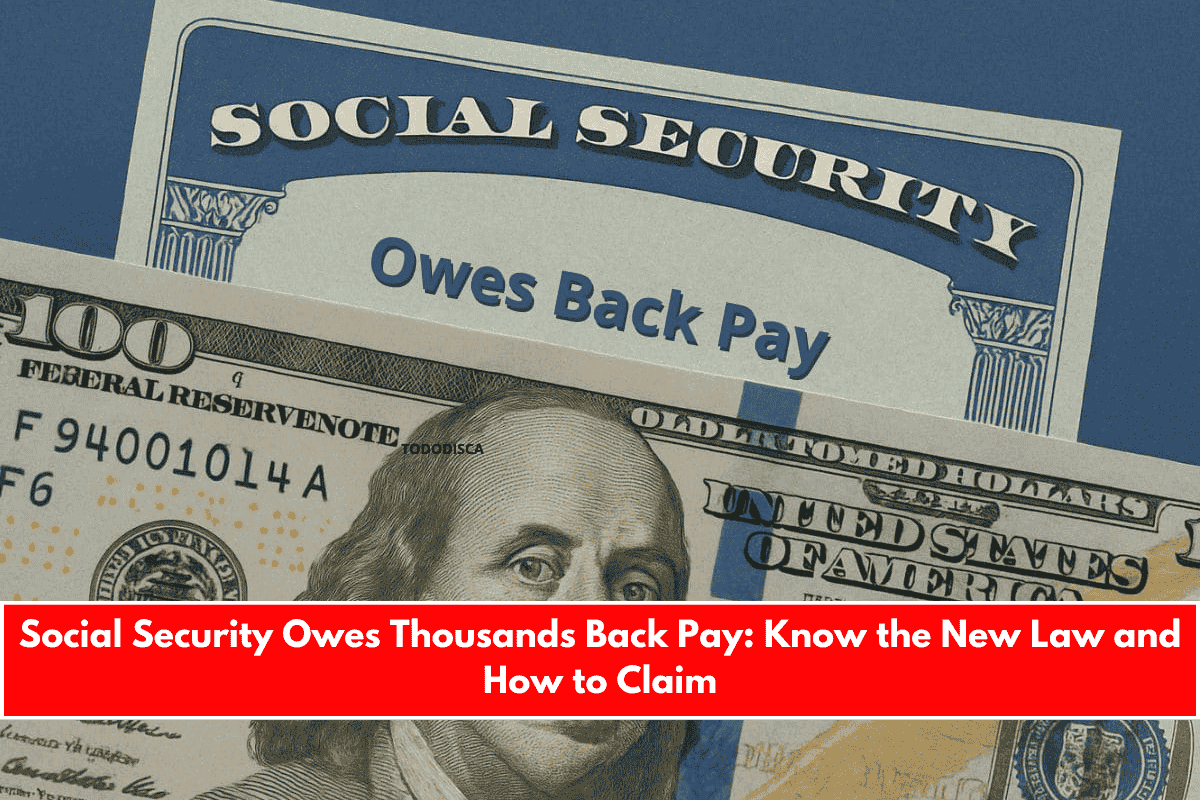Thousands of Americans, including public retirees, widows, and spouses, could be receiving less Social Security money than they legally deserve in 2025. The issue lies in how the Social Security Administration (SSA) is currently interpreting a new law—the Social Security Fairness Act—which officially took effect this year.
While the law was meant to correct past injustices and restore full benefits, strict rules around retroactive payments are now putting many people at a disadvantage.
What Is the Social Security Fairness Act?
The Social Security Fairness Act, passed to much praise, was created to eliminate two controversial provisions:
- Government Pension Offset (GPO): This reduced spousal and survivor benefits for people who also received government pensions.
- Windfall Elimination Provision (WEP): This lowered benefits for individuals who worked in both public jobs (not covered by Social Security) and private-sector jobs.
For years, these rules caused millions of public workers—like teachers, police officers, and firefighters—to get smaller Social Security checks. The new law finally ends these reductions and restores benefits to an estimated 3 million Americans.
The Problem: SSA’s Strict Retroactive Pay Policy
Although the law clearly allows for retroactive benefits going back to January 2024, the SSA is only providing six months of back pay to most recipients. That means people who are eligible for much more may be losing thousands of dollars they should have received.
Real-World Example:
If someone qualifies for spousal benefits (averaging $931/month) but only receives six months of retroactive pay instead of 15 months, they’re potentially missing out on around $5,586.
Many affected individuals claim they were given incorrect information by SSA employees in the past, which caused them to delay applying. Now, under current rules, they are being penalized—even when the delay wasn’t their fault.
Lawmakers Push for Change
A bipartisan group of U.S. senators—including Susan Collins, Bill Cassidy, John Cornyn, and John Fetterman—has stepped in to address the issue. In a formal letter to Acting SSA Commissioner Leland Dudek, they demanded that the agency:
- Recognize the original date of consultation with SSA (not just the application date) for retroactive pay
- Offer full back pay to those who were misled by agency staff
The senators argue that people who were wrongly informed by the SSA should not suffer the consequences. In their letter, they said, “Spouses, widows, and widowers are now being unfairly penalized for guidance that came directly from the agency.”

Who Is Most Affected?
The current SSA policy affects multiple groups, including:
- Retirees from public service who were previously impacted by WEP or GPO
- Spouses and widows/widowers who delayed applying due to incorrect information
- Individuals who consulted SSA before 2025, believing they weren’t eligible
These groups were supposed to benefit the most from the Fairness Act, but under the six-month retroactive limit, many will receive far less than expected.
How Much Could You Be Missing?
| Category | Current SSA Practice | What the Law Allows | Potential Loss per Person |
|---|---|---|---|
| Retroactive Pay Period | 6 months | Since January 2024 | Up to $5,586 |
| Avg. Spousal Benefit | $931/month | — | — |
| Estimated Affected Americans | — | Over 3 million | — |
| Most Affected Groups | Spouses, Widows, Public Retirees | — | — |
What Can Be Done Now?
If you believe you are receiving less than what you’re owed:
- Contact your local SSA office and request a review of your case.
- Document any previous interactions with SSA staff where incorrect guidance was given.
- Reach out to your congressional representatives, especially if you were impacted by GPO or WEP.
- Keep updated with SSA announcements, as policy changes may still occur based on ongoing political pressure.











Leave a Reply